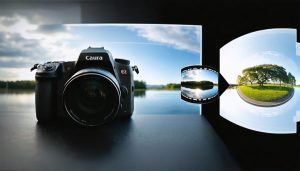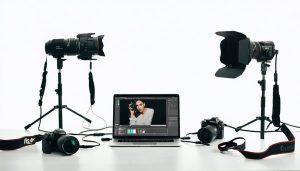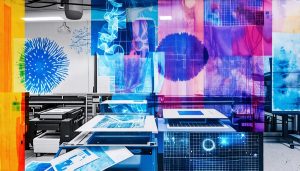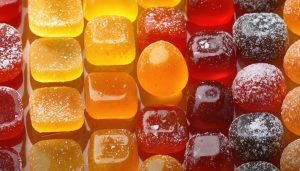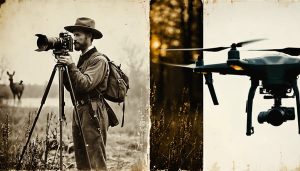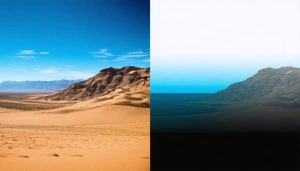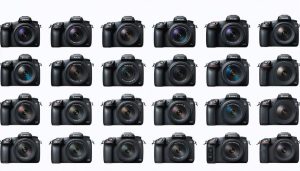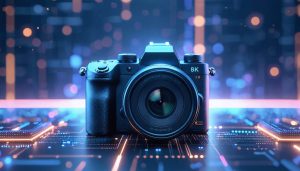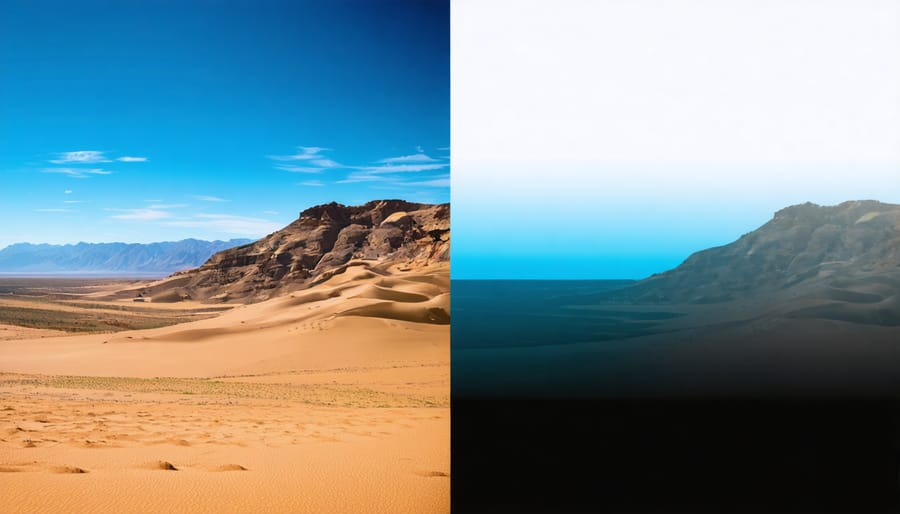
JPEG cameras revolutionized digital photography by making image capture and sharing accessible to everyone, from casual shooters to professional photographers. These devices, which compress images into the universally compatible JPEG format, strike a delicate balance between image quality and file size that’s transformed how we capture, store, and share visual memories.
Today’s JPEG cameras leverage sophisticated algorithms and processing power to deliver remarkable image quality while maintaining efficient file sizes. Whether you’re shooting with a professional DSLR, a mirrorless camera, or a smartphone, understanding how JPEG compression works can significantly impact your photography workflow and final results.
For photographers working in fast-paced environments or those who need immediate, ready-to-share images, JPEG cameras offer distinct advantages. They eliminate the need for extensive post-processing, provide instant preview capabilities, and ensure compatibility across virtually all devices and platforms. This introduction to JPEG cameras will explore how these devices work, their practical benefits, and how to maximize their potential in your photography journey.
By understanding the nuances of JPEG technology in modern cameras, you’ll be better equipped to make informed decisions about your shooting settings and workflow preferences, ultimately helping you capture the moments that matter most with optimal efficiency and quality.
How JPEG Cameras Transform Your Photography Workflow
Direct JPEG Processing vs Traditional RAW
When comparing direct JPEG processing to traditional RAW workflows, photographers face a fundamental choice that impacts their entire creative process. JPEG cameras process and compress images in-camera, delivering ready-to-use files that can help streamline your photo editing workflow. This approach offers immediate results and smaller file sizes, making it particularly appealing for event photographers or those working under tight deadlines.
However, this convenience comes with trade-offs. JPEG processing applies permanent adjustments to white balance, contrast, and color saturation at the moment of capture. While modern cameras excel at these calculations, you’re essentially letting the camera make creative decisions that can’t be fully reversed later.
RAW files, in contrast, preserve all the data captured by your sensor, offering greater flexibility in post-processing. Think of RAW as your digital negative – it contains everything needed to develop your image in multiple ways. This flexibility comes at the cost of larger file sizes and the need for additional processing time.
For many photographers, the choice isn’t binary. Some cameras offer RAW+JPEG modes, providing both immediate previews and editing flexibility. Professional event photographers often shoot JPEG for quick turnaround clients while using RAW for premium services requiring more extensive editing.
The key is understanding your specific needs. If you’re confident in your camera settings and need quick results, JPEG might be your best choice. If you value maximum editing control and storage isn’t a concern, RAW remains the gold standard for professional work. Consider your workflow requirements, client expectations, and creative goals when making this decision.
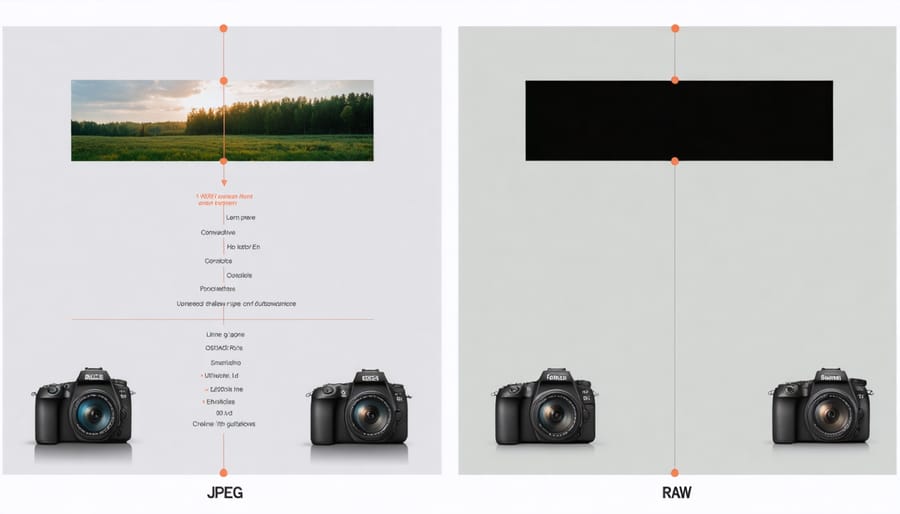
Real-Time Image Processing Benefits
One of the most significant advantages of JPEG cameras is their ability to provide instant feedback through real-time image processing. When you’re shooting, having real-time camera control and immediate preview capabilities can make the difference between capturing or missing that perfect moment.
Unlike cameras that shoot exclusively in RAW, JPEG cameras process images on the fly, allowing photographers to see exactly how their final images will look right on the LCD screen. This immediate feedback helps in adjusting settings quickly, particularly in challenging lighting conditions or when working with specific creative effects.
The speed advantage is equally impressive. Because JPEG files are compressed during capture, the camera can write them to memory cards much faster than RAW files. This translates to longer burst sequences and reduced buffer clearing times – crucial features for sports, wildlife, and event photographers who need to capture rapid sequences of images without interruption.
Professional wedding photographers, for instance, often rely on this quick processing capability during ceremonies where missing a moment isn’t an option. The faster shooting speeds also mean less time waiting between shots, allowing photographers to maintain their creative flow and focus on composition rather than technical limitations.
Software Integration Features That Matter
Mobile Apps and Instant Sharing
In today’s connected world, JPEG cameras have evolved to seamlessly integrate with our mobile devices, making photo sharing easier than ever before. Most modern cameras now come equipped with built-in Wi-Fi and Bluetooth capabilities, allowing photographers to transfer images directly to their smartphones within seconds of capturing them.
Popular camera manufacturers have developed dedicated mobile apps that pair with their devices, creating a smooth bridge between traditional photography and social media sharing. These apps not only enable wireless image transfer but often include features like remote shooting, GPS tagging, and basic editing tools.
The instant sharing capability has transformed how we approach photography, especially for content creators and social media professionals. Imagine capturing a stunning sunset with your camera and having it posted on Instagram moments later, all while maintaining the superior image quality that dedicated cameras provide over smartphone sensors.
The workflow is straightforward: shoot in JPEG format, connect to your camera’s mobile app, select and transfer images, apply quick edits if desired, and share directly to your preferred platform. This process eliminates the need for a computer as an intermediary step, making it perfect for on-the-go photography.
Some cameras even offer automatic transfer options, where new photos are sent to your phone as you shoot them. This feature is particularly valuable for event photographers who need to provide quick previews to clients or share real-time updates from assignments.
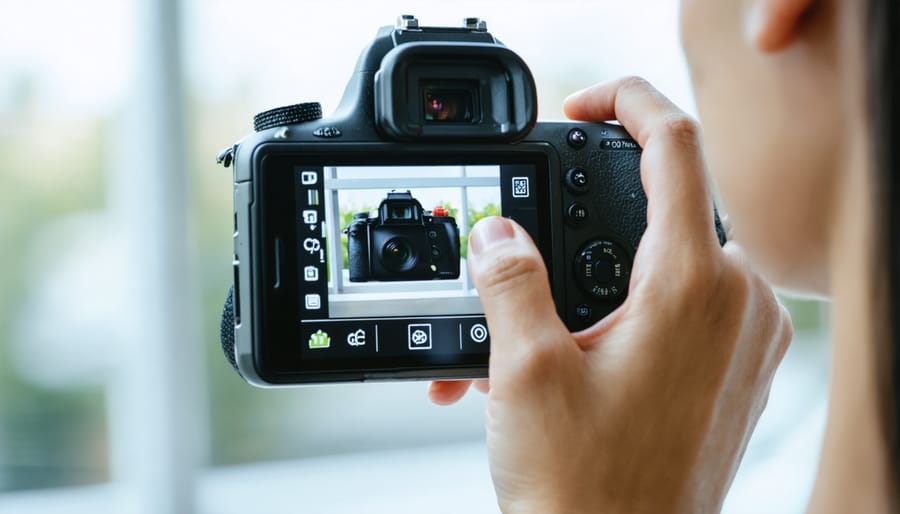
Professional Software Compatibility
Modern JPEG cameras seamlessly integrate with industry-standard editing software, making your post-processing workflow smooth and efficient. Adobe Lightroom, one of the most popular editing suites, offers robust support for JPEG files, allowing photographers to apply a wide range of adjustments while maintaining reasonable image quality. The software’s catalog system handles JPEGs particularly well, with faster loading times and preview generation compared to RAW files.
Capture One Pro also excels at working with JPEG images, providing sophisticated color editing tools and advanced adjustment layers that work effectively with the format. The software’s high-performance engine ensures smooth operation when batch-processing large quantities of JPEG files, which is particularly useful for event photographers and photojournalists.
Both platforms offer non-destructive editing for JPEGs, meaning your original files remain untouched while you experiment with different looks. Additionally, popular editing apps like DxO PhotoLab, ON1 Photo RAW, and Luminar AI are optimized for JPEG workflow, offering AI-powered tools that can enhance JPEG images without introducing additional compression artifacts.
For photographers working in collaborative environments, JPEG files’ universal compatibility means they can easily share and transfer files between different software platforms without conversion issues. This interoperability extends to web-based editing tools and mobile apps, making JPEG an extremely versatile format for modern digital workflows.
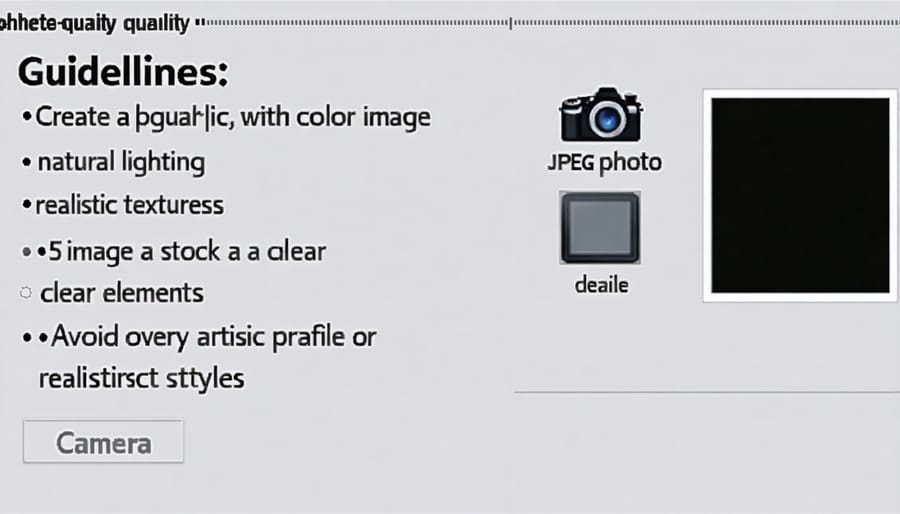
Making the Most of Your JPEG Camera
To maximize your JPEG camera’s potential, start by understanding your camera’s quality settings. Select the highest quality JPEG option available – usually labeled as “Fine” or “Extra Fine” – to retain maximum detail in your images. While this consumes more storage space, modern smart storage solutions make this a non-issue for most photographers.
Pay special attention to your camera’s Picture Style or Creative Style settings. These preset configurations determine how your camera processes colors, contrast, and sharpness. For versatility, start with a neutral or standard profile, which provides a balanced foundation for post-processing if needed.
White balance is crucial when shooting JPEG, as corrections after the fact can degrade image quality. Take time to set appropriate white balance for your shooting conditions, or use the custom white balance feature for precise results.
Keep your ISO as low as practical for your shooting situation. Higher ISO settings can introduce noise, which becomes more pronounced in JPEG compression. If shooting in challenging light, consider using a tripod or flash before pushing ISO too high.
Monitor your histogram regularly to ensure proper exposure. Unlike RAW files, JPEGs have less latitude for exposure corrections in post-processing. Aim to get exposure right in-camera by keeping important highlights from clipping and shadows from blocking up.
Finally, regularly review your images at 100% magnification on a computer screen to understand how your camera’s JPEG engine handles different scenes. This feedback will help you fine-tune your settings for optimal results in various shooting conditions.
JPEG cameras have fundamentally transformed the landscape of modern photography, making digital imaging more accessible and practical for photographers at all levels. By seamlessly combining image capture with efficient compression, these cameras have enabled us to store thousands of high-quality images on modest storage devices while maintaining visual fidelity that meets professional standards.
The impact of JPEG technology extends far beyond simple storage efficiency. It has become the backbone of social media sharing, online portfolios, and digital photography workflows. Professional photographers can now deliver client galleries more quickly, while amateur photographers can easily share their creative vision with the world through various platforms without worrying about file size limitations.
Looking ahead, JPEG cameras continue to evolve with advancing technology. We’re seeing the emergence of more sophisticated compression algorithms, improved color accuracy, and better integration with artificial intelligence for enhanced image processing. The future promises even more efficient compression methods while maintaining image quality, potentially revolutionizing how we capture and store visual memories.
Despite newer formats entering the market, JPEG remains the most widely supported image format, ensuring its continued relevance in photography. As camera technology advances, we can expect to see JPEG cameras adapt and improve, offering photographers the perfect balance between quality, convenience, and compatibility. This enduring standard will likely continue to shape how we capture, store, and share our visual stories for years to come.



